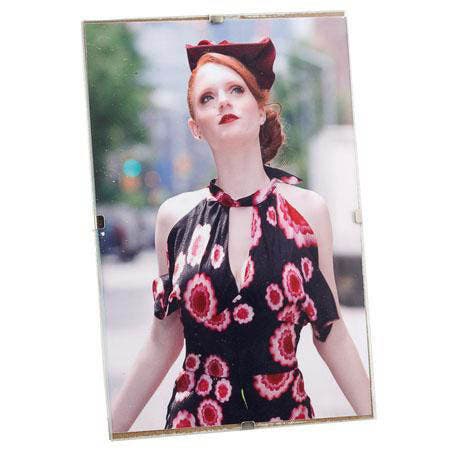You can use two different approaches for entering photo contests. The usual way is to submit your “favorite” pictures. You might even win, but the odds are definitely stacked against you. The best technique is to treat the contest you’re entering like any other competition.
Follow the rules (you’d be amazed how many people don’t!)
If you want to win any competition, ya gotta know the rules and make sure to follow them explicitly. If you don’t, an entry that stood a good chance of winning can easily get tossed out.
Start by making sure your entry is properly classified. If you want to enter an equestrian picture, it won’t fit the automobile category just because it has one horsepower. Be sure to follow the technical specifications for upload size or print sizes too. Read the rules and read them again, this time examining the fine print.
One popular misconception is that a winning photograph must be technically flawless. Not true. Your picture doesn’t have to be perfect, but it should be technically competent. Perfection alone won’t win any prizes.
I enjoy photographing this old farm near my home, even more so when photographing it with a Hasselblad XPan wide-format 35mm camera. But although I love this picture, I might not enter it in a photo contest—at least not if I expected to win.
A picture may be so sharp that you can count a subject’s eyelashes, but if their eyes show that you haven’t made contact with the person, the entry will hit the circular file faster than you can say “the lights are on, but nobody’s home.“
Did you ever notice that when looking at magazines, books, or newspapers how some images “grab” you? Great photographs force you to stop and take a second look and initial impact is what separates winners from “also rans” in any horse race. There will be lots of entries, and some of them are going to be very good, but you only have one chance to make the judges want a second look.
Here are seven tips that might help you do better in your n photo competition.
- Don’t be a fair weather photographer. Often the best photographs are made under less than ideal conditions. These kinds of images are captured on dark, cloudy, and rainy or snowy days, at dawn, sunset, or at night. That doesn‘t mean you should go out during a hurricane, but pick at a time of year and day when other people are not around making photographs and yours will stand out from the pack.
- Create bold images. Go for strong, graphic compositions with simple lines that say speed and power, or use a formal, symmetrical organization to create a Zen-like serene mood. Use colors that, by themselves, could be the subject of the photograph, or do the opposite and work with form alone and little or no color.
- Don’t just make a picture; make a statement! Photograph subjects you are passionate about, not just ones you think the judges will like. They want to see that you care deeply about what you photograph.
- Avoid eye-level camera placement. Climb a ladder, lamppost, or hill to provide a dramatic camera angle. Lie on your stomach, use wide-angle lenses, and shoot up against the sky to simplify the background. Don’t be afraid to get yourself and your clothes dirty in pursuit of a prizewinner.
- Get close to your subject. Use a macro lens, close-up filters, or a bellows to show an everyday object in a way that has not usually been depicted before, or at least not lately. Sometimes the right tools can help. Adorama’s Macro Focusing Rail Set provides fine focusing adjustment for macro photography.
- Carry a camera wherever you go. Vladimir Horowitz was one of the greatest piano virtuosos who ever lived, yet he practiced every day. Digital cameras give you the ability to make lots of images at very little cost, so take advantage of this capability and shoot as much and often as you can. You never know when a great photo opportunity will pop up right in front of you.
- Analyze your work as a group of images, not individually. Digital photographers should use image viewer software programs such as iView Media Pro to look at the entire “take” from a day’s shoot. Make 4×6 prints of the best ones and place them on the floor and look for ones that jump out from the rest.
Whatever you do, don’t ask your friends or family for their opinions about your photography. Like Sally Fields said, “they like you, really like you…” and will tell you how great your work is (even if it might actually not be all that good.) Seek out people in camera clubs and on-line forums to elicit their candid opinions, but be prepared to hear that you are not the photographic genius your sister Kate thinks you are.
Learn from those critiques and don’t keep making the same picture mistakes over and over again.
Joe Farace is award-winning photographer/writer who has written or edited 25 books and more than 1500 magazine stories. For a limited time, you can get an autographed copy for his book on Photoshop-compatible plug-ins called “Plug-in Smart” from the Bookstore section of www.joefarace.com.

